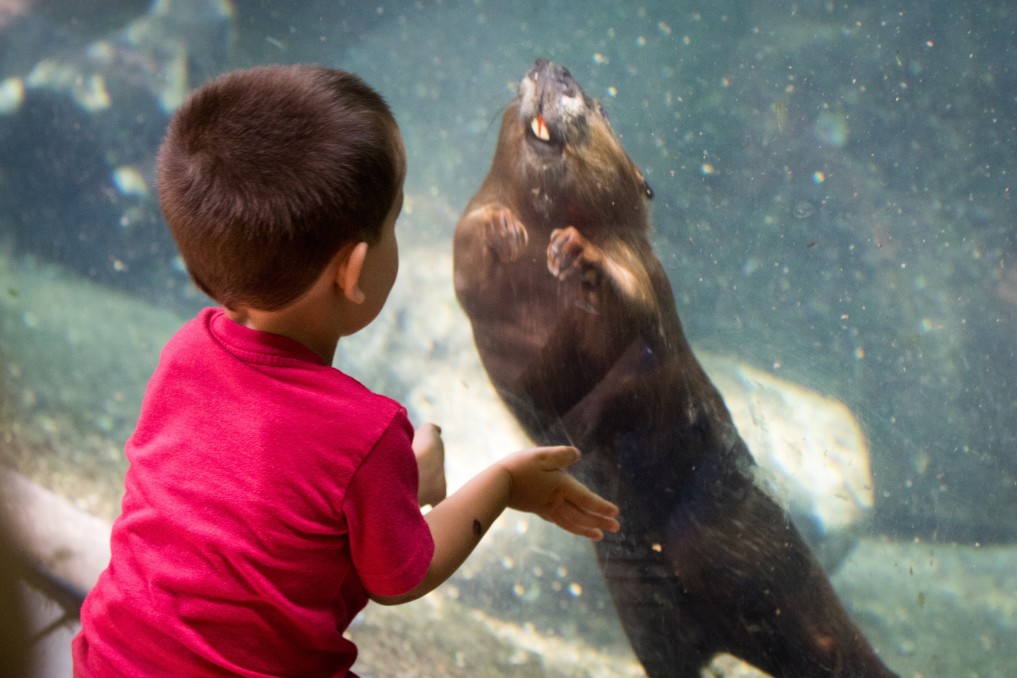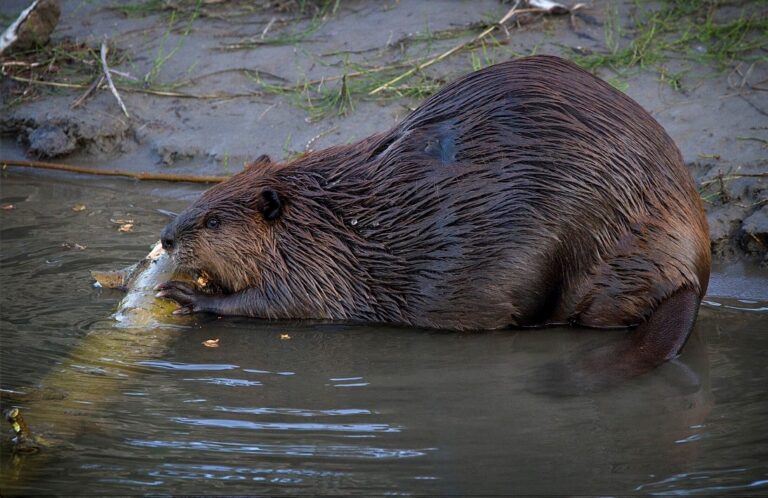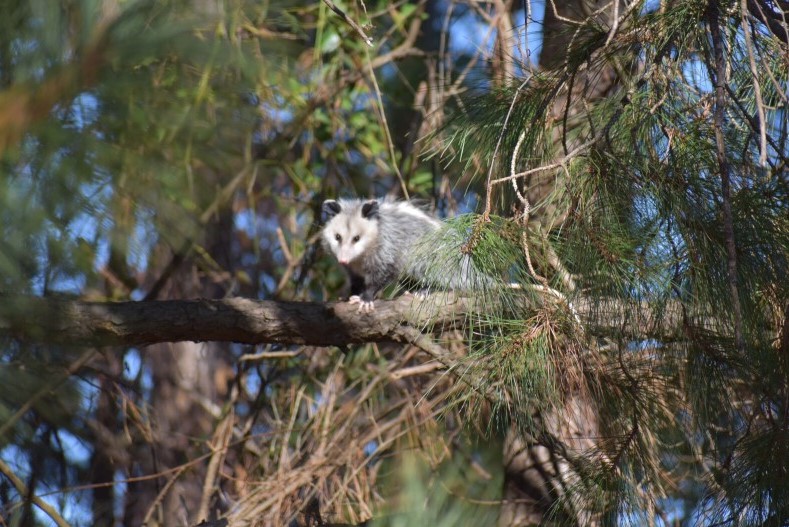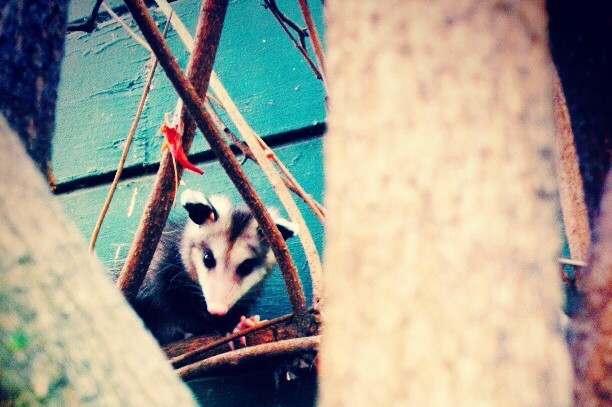 Are Beavers Friendly To Humans?
Are Beavers Friendly To Humans?
No matter if you live in the suburbs, in a rural area, or decide to go hiking or camping, you may encounter a beaver. Whether you become frightened or think the animal is cute, you may wonder if beavers are timid, friendly to humans, or dangerous. In short, while beavers are rarely aggressive, they are not necessarily friendly, either.
Do Beavers Like Humans Or Are They Afraid?
Beavers are wild animals and they prefer to be left alone in their natural habitat. You should not expect a beaver to walk up to you, pose quietly as you take pictures, or show other signs of friendliness.
While you will not encounter friendly beavers, they may actually be afraid of you. If you happen to be too close to a beaver, do not be surprised if he scurries away. As beavers do not like to be around people, these rodents simply want to get back to a safer environment.
Are Beavers Dangerous To Humans?
In most cases, beavers are not dangerous to people. The best way to avoid unnecessary problems with beavers is to leave them alone. Whether beavers live near your home, or you see them when you are out and about, they will generally not bother you if you do not bother them.

Are Beavers Gentle Or Aggressive Towards People?
In most instances, the answer to this question is “neither.” As beavers rarely approach humans, they are neither gentle nor aggressive. You can coexist peacefully with these animals if you keep a distance between them and yourself.
However, there are some circumstances in which beavers can become aggressive. One example is if a beaver feels threatened. If you are coming too close, and it perceives your behavior as threatening, it can react in an aggressive manner. This is why you should never corner a beaver.
A second example involves a beaver’s territorial nature. A beaver’s dam is not its home. It is a beaver’s protection against predators. There are numerous wild animals that prey on beavers, such as coyotes or foxes. The dam also ensures that beavers can access food in the wintertime.
As a dam has a purpose for beavers, it is only logical that they need to protect it. Dams are not meant for human enjoyment or entertainment. Never approach a dam out of curiosity or to take pictures, and never allow children to play near it. Otherwise, the beavers can become aggressive.
A third example is a beaver that has rabies. While rabies infections show symptoms, stay alert to behaviors that are not common in beavers. Any kind of agitated behavior is the reason for concern.
If you think a beaver may have rabies, do not get near the animal. Immediately call a wildlife control company in your area so that they can safely remove it from your property. Not only can rabies be deadly to a beaver, but it can be a life-threatening situation for you, too, if you are bitten. The same possibility applies to domestic animals. You should keep your pets away from beaver dams, and other areas where beavers are common.
Fourth, beavers can attack when they are afraid. As they are nocturnal animals, it can be as basic as disorientation during the daytime. A beaver can feel fear even when there is no other reason.
Can A Beaver Attack, Kill, Or Bite You?
Yes, beavers can bite, attack, and even kill people. Although it is not common, it is occurring more and more frequently. One reason there are more attacks is people fail to use logic. If you intrude into a beaver’s territory, do not expect a welcome response.
If you are bitten by a beaver, it can result in a dangerous infection or a serious injury. Although bites themselves are rarely fatal, at least one reported fatality has occurred. A bite severed a man’s artery, and the man bled to death. The smartest way to deal with beavers is to enjoy them from a distance.
However, a beaver will not usually attack without warning. If it is on land, it will stand on its hind legs. If it is in the water, it will slap its tail. Before it attacks a human or an animal, it will start hissing and growling. If a beaver shows any of these signs that it is preparing to attack, do not wait to see what happens. Take it as a warning to get out of the area as quickly as possible.
If you encounter a beaver on your property, get in touch with a wildlife professional who is experienced in trapping and removing wild animals. At Westchester Wildlife, we are your beaver control specialist! Contact us today if you require beaver control or removal services in Westchester, Dutchess, Putnam, or Fairfield counties.
 Do Opossums In Roof Cause Damage?
Do Opossums In Roof Cause Damage?
Any wildlife invading the roof, including opossums, can cause damage to the structure of your house. Opossums are known to invade man-made buildings for a variety of reasons, such as shelter and food. If you have discovered an opossum living in your roof, take the necessary precautions to get rid of the animal.
The primary cause of opossum damage is their need for finding shelter. Opossums that stay outside will look for a suitable place to shelter.
If the opossum gets in your house, they will look search for a location to live in your attic or crawlspace. The animal may gnaw on wires and support beams, causing damage to the building structure. Wires that are chewed can cause electrical fires or cause an animal to be electrocuted. Support beams are important in keeping the structure of your house intact. If chewed, severe damage or even collapse can occur.
Opossums are also known to cause damage through their need for food. These marsupials will look for openings in which they can enter homes to find food. They are omnivores and may go after insulation, carpet, vinyl flooring, and drywall for food. Opossums also feast on insects such as termites and carpenter ants, which they consume while scratching the foundation of your house.
If you find an opossum in your roof, try to make the animal leave on its own accord. Often, the animal is seeking shelter or looking for food; it may not explore your home for very long. Leave the animal a well-lit exit to use, such as an open door or window. If you want to remove the opossum from your home yourself, make sure to do it safely. The last thing you want is a fight between an opossum and a human.
Opossums are generally not harmful to people, with rare exceptions. They might become dangerous with their ability to transmit many diseases such as tuberculosis leptospirosis, spotted fever, coccidiosis, tularemia, and others, thus, posing a serious health threat to humans and pets.
If you do not want opossums in your roof or anywhere on your property, contact a wildlife removal specialist to help remove the animal.
How Do Opossums Get In Your Roof?
Opossums get on the roof by climbing the trees surrounding the house. Once they’re on top of a tree beside your house, they can jump onto your roof. They may also climb a house’s corner, stairs, drain spout, or porch railing.
Once at the top of your house, the opossum will find a way inside to eat their favorite foods – insects, fruits, pet food, and garbage. They’ll leave smelly droppings behind as well. You will start noticing some exterior damage around the place it is residing.
To prevent a possum from climbing and getting in your roof and attic, trim large trees and branches back at least 5 feet away from the house. Wrap tree trunks to prevent scratching by sharp claws as they climb. Trim any exposed tree roots to keep opossums from using them as a foothold. Keep your porch, stairs, and other “hard-toed” areas free of grease, oil, or sticky substances that they could get stuck to. Clear away brush piles and dense ground foliage so they will not be an easy spot for the opossum to hide.

Can Opossums Live In Your Roof, And Why?
Opossums can live on your roof, and they surely will if you’re not careful. They can climb nearly any surface, but that doesn’t necessarily mean that they want to live on top of your house.
They’ll only go up there when forced out of their territory, and this typically happens during the mating season. Since they can’t get very far, they’ll usually start looking for a place to sleep, which is often your roof. They may even have a den already set up in one of your gable vents or soffits! Once they find a comfortable spot, safe from predators and without too much noise, their new home will be hard to evict.
What To Do When You Have Opossums In Your Roof?
Opossums are shy creatures, so you need to give them a safe route to get out without being exposed. The best way is to have a cover on the ground below the roof. If this isn’t possible, place boards or anything opossums can use as a bridge between your roof and another structure nearby. After the opossum has left the roof, clean the areas thoroughly with disinfectant to get rid of the bad odor.
Once you have got the possum out of your roof, make sure to check the area for entrance points. An opossum is known to be a great climber, so it may have left through a window, or other opening, that should be easily closed and sealed with caulk around the frame. It is important to close all access points to the attic, which the wildlife may use to get inside.
If an opossum is currently living in your roof, do not attempt to go up and get it out. They may bite and scratch and the risk of contracting a disease through their teeth or claws is high. Do not approach the animal and call a professional pest and wildlife control company for assistance. The experienced technicians will humanely trap it and remove it from your house.
If you have an opossum problem or any problem regarding wildlife that has invaded your home, contact our team of experts at Westchester Wildlife right away. We serve Westchester, Dutchess, Putnam, NY, and Fairfield County, CT.
